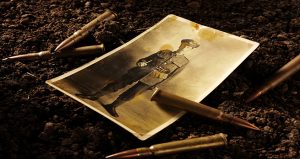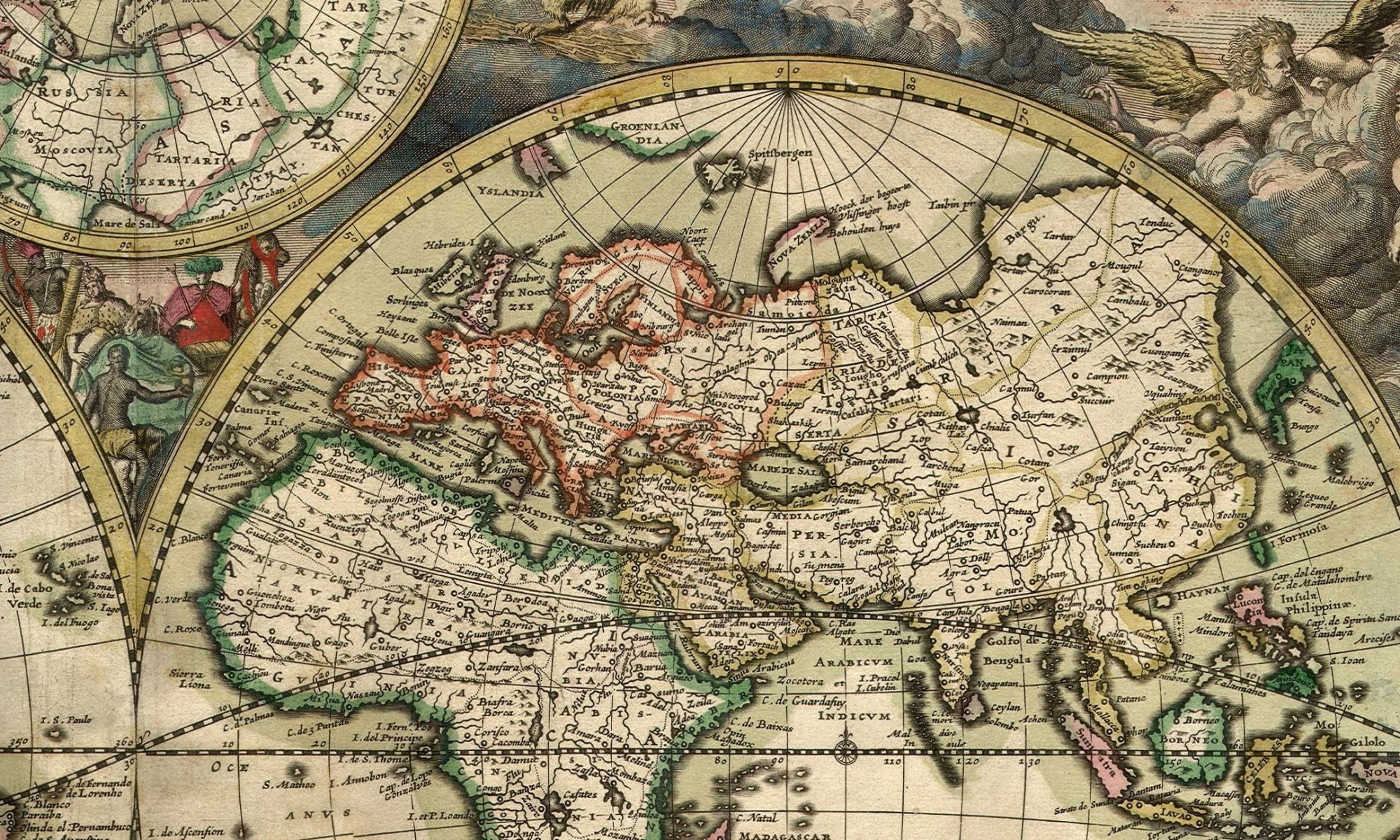The First World War was a war of unprecedented scale and brutality, with countless casualties. It also left a poisonous legacy for the twentieth century and beyond, and many of the issues that were left unresolved in 1918 would lead to another world war in 1939. 1914-1918 was a period in history that has proved provocative and culturally resonant for the last hundred years. In this free online course, The First World War: trauma and memory, you can study the subject of physical and mental trauma, its treatments and its representation. The focus is not only on the trauma experienced by combatants but also the effects of the First World War on civilian populations. Over three weeks, students will discover just how devastating the effects of the First World War were in terms of casualties across the many combatant nations, and look in depth at the problem of ‘shell shock’ and how deeply it affected the lives of those who lived through it. Students will also develop the skills to carry out your own independent research. However, the war was not only experienced on the battlefield. Students will explore the many and varied ways in which the war impacted on civilians, including the way combatant casualties affected the lives of loved ones who were left behind. Finally, students will look at how the trauma of the war has been depicted in art and literature, and see what has been learned from the past in the modern day treatment of combat stress reactions and post-traumatic stress disorder (PTSD). This course is aimed at anyone with an interest in the First World War. Some prior knowledge of the history involved may be helpful in understanding the context of some elements of the course, but is not necessary. By enrolling on the course students can track their progress and gain a Statement of Participation for completing the whole course. The course was written by Prof. Annika Mombauer and Dr. Vincent Trott.

